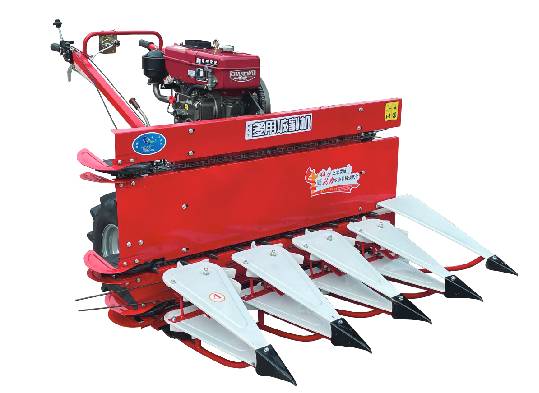rice and wheat cutting machine
The Evolution and Importance of Rice and Wheat Cutting Machines in Agriculture
Agriculture plays a crucial role in ensuring food security around the globe, and among the myriad of crops cultivated, rice and wheat are staple foods for billions of people. As the demand for these grains continues to rise due to population growth and changing dietary preferences, the efficiency of agricultural practices becomes increasingly vital. One significant advancement in this domain has been the development of rice and wheat cutting machines, which have revolutionized the harvesting process.
The origins of cutting machines can be traced back to the late 19th century when mechanization began to take hold in agriculture. Traditional harvesting methods were labor-intensive and time-consuming, relying primarily on manual laborers to cut stalks with sickles. This process was not only physically demanding but also limited in efficiency. Farmers often faced challenges such as adverse weather conditions and labor shortages, which could jeopardize the harvest. The introduction of cutting machines marked a turning point, enabling farmers to harvest crops more swiftly and effectively.
Modern rice and wheat cutting machines, often referred to as combine harvesters, integrate multiple functions into one piece of equipment. They not only cut the crops but also thresh and clean the grains in a single operation. This multi-functionality significantly reduces the time and labor required for harvesting, contributing to increased productivity. The advancement in technology has further led to the creation of specialized machines tailored for specific crops. For instance, rice harvesters have unique features that help navigate the flooded fields typical in rice cultivation, while wheat harvesters are equipped to handle the challenges posed by different field terrains.
One of the critical advantages of these machines is their ability to operate efficiently in large fields, maximizing the amount of land that can be harvested in a short period. With the ability to cover more ground than manual harvesting methods, farmers can minimize losses incurred from over-ripening or crop lodging, where stalks fall over and become difficult to harvest. The precision and speed of cutting machines also help ensure that the grains are harvested at their optimum ripeness, which is crucial for maintaining quality and yield.
rice and wheat cutting machine

In addition to improving efficiency, the use of rice and wheat cutting machines has economic implications for farmers. While the initial investment for such machinery can be significant, the long-term savings in labor costs and the potential for higher yields often outweigh these expenses. Furthermore, as agricultural practices become more mechanized, there is a shift in labor dynamics. With fewer workers needed for harvesting, farmers can allocate labor to other critical areas, such as planting or crop management, enhancing overall farm productivity.
The environmental impact of cutting machines is another important consideration. These machines are designed to be more fuel-efficient than their predecessors, which helps reduce carbon emissions associated with traditional harvesting. Additionally, by facilitating timely harvesting, they play a role in sustainable farming practices, decreasing the risk of crop disease and pest infestations that can occur when crops are left in the field for too long.
Nevertheless, the transition to mechanized harvesting is not without challenges. Smaller farmers, particularly in developing regions, may struggle to afford the upfront costs of these machines. Furthermore, there is a need for training and maintenance knowledge to ensure that the equipment operates efficiently. Addressing these challenges is crucial to ensuring that advancements in harvesting technology benefit all segments of the agricultural sector.
In conclusion, rice and wheat cutting machines represent a significant advancement in agricultural technology, offering myriad benefits in terms of efficiency, productivity, and economic viability. As the global population continues to grow and the demand for food increases, the importance of such innovations will only magnify. It is essential for stakeholders—governments, agribusinesses, and farmers—to collaborate in making these technologies accessible and sustainable, ensuring that the agricultural sector can meet future challenges while enhancing food security.
Latest news
-
When to Upgrade Your Old Forage HarvesterNewsJun.05,2025
-
One Forage Harvester for All Your NeedsNewsJun.05,2025
-
Mastering the Grass Reaper MachineNewsJun.05,2025
-
How Small Farms Make Full Use of Wheat ReaperNewsJun.05,2025
-
Harvesting Wheat the Easy Way: Use a Mini Tractor ReaperNewsJun.05,2025
-
Growing Demand for the Mini Tractor Reaper in AsiaNewsJun.05,2025
